How Deep Can A Metal Detector Work?
Metal detecting is a fascinating hobby and a useful tool for various professional applications, from archaeology to security. One of the most common questions among enthusiasts and professionals alike is, "How deep can a metal detector work?" The answer to this question is not straightforward, as it depends on several factors, including the type of metal detector, the size and type of the object being detected, the soil conditions, and the settings of the detector itself. In this article, we will explore these factors in detail to provide a comprehensive understanding of the depth capabilities of metal detectors.
Types of Metal Detectors
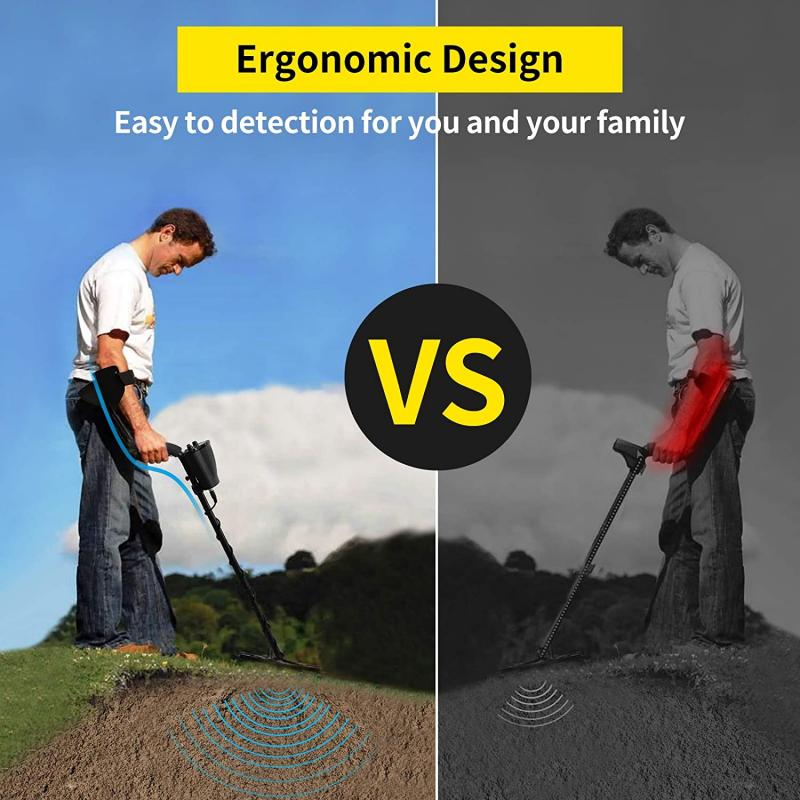
There are several types of metal detectors, each designed for specific purposes and with varying depth capabilities. The most common types include:
1. VLF (Very Low Frequency) Detectors: These are the most common type of metal detectors used by hobbyists. They are effective for detecting coins, jewelry, and relics. VLF detectors typically have a depth range of 6 to 10 inches for small objects like coins.
2. PI (Pulse Induction) Detectors: These detectors are often used in areas with highly mineralized soils or saltwater environments. They are capable of detecting objects at greater depths than VLF detectors, often reaching depths of up to 2 feet for larger objects.
3. Multi-Frequency Detectors: These detectors operate on multiple frequencies simultaneously, providing a balance between depth and sensitivity. They are versatile and can detect objects at depths similar to VLF detectors but with better performance in challenging soil conditions.
4. Specialized Deep-Seeking Detectors: These are designed for locating large, deeply buried objects such as treasure caches or underground utilities. They can detect objects at depths of several feet, sometimes up to 10 feet or more, depending on the size of the object.
Factors Affecting Detection Depth

Several factors influence how deep a metal detector can detect an object. Understanding these factors can help users optimize their equipment and techniques for better results.
1. Size and Type of Object: Larger objects are easier to detect at greater depths than smaller ones. For example, a coin might be detectable at 8 inches, while a large metal box could be detected at several feet. Additionally, objects made of highly conductive metals like silver and copper are easier to detect than those made of less conductive metals like stainless steel.
2. Soil Conditions: The type of soil and its mineral content can significantly impact detection depth. Highly mineralized soils, such as those containing iron or salt, can interfere with a metal detector's signals, reducing its effective depth. Conversely, low-mineral soils, like sandy or loamy soils, allow for greater detection depths.
3. Detector Settings: The settings on a metal detector, such as sensitivity and discrimination, can affect its depth capabilities. Higher sensitivity settings can increase depth but may also result in more false signals. Discrimination settings, which filter out unwanted metals, can also impact depth, as higher discrimination levels may reduce the detector's ability to detect deeper objects.
4. Ground Balance: Proper ground balancing is crucial for maximizing detection depth. Ground balance adjusts the detector to account for the mineral content in the soil, reducing false signals and allowing for deeper detection. Most modern detectors have automatic ground balancing features, but manual adjustments can sometimes yield better results.
5. Coil Size and Type: The size and type of the search coil on a metal detector play a significant role in its depth capabilities. Larger coils can detect objects at greater depths but may sacrifice sensitivity to smaller objects. Conversely, smaller coils are more sensitive to small objects but have shallower depth capabilities. Additionally, specialized coils, such as double-D coils, can provide better depth and target separation in mineralized soils.
Practical Tips for Maximizing Detection Depth
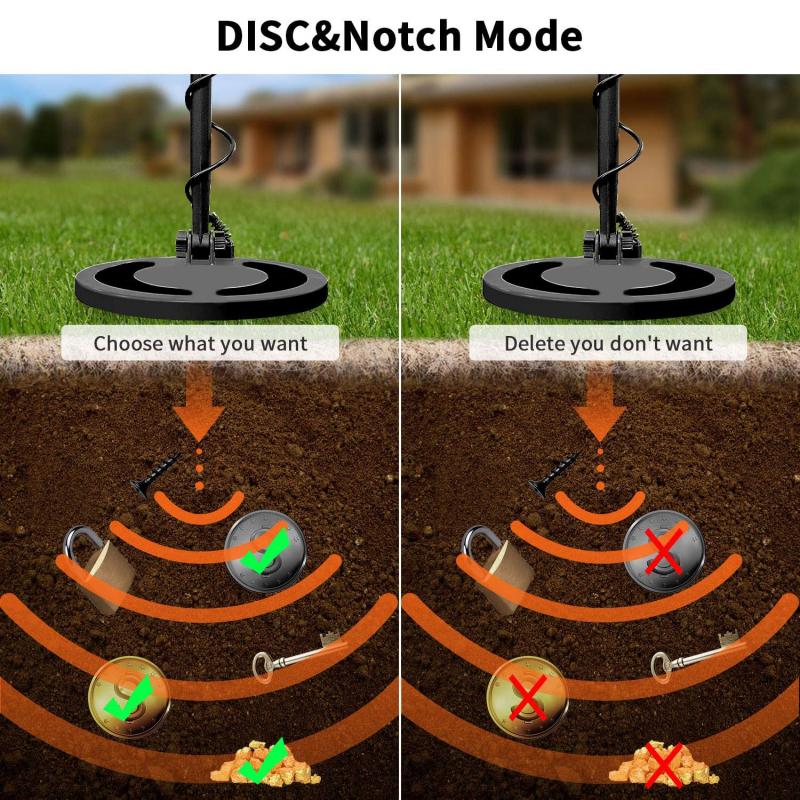
To get the most out of your metal detector and achieve the greatest possible detection depth, consider the following practical tips:
1. Choose the Right Detector: Select a metal detector that suits your specific needs and the type of objects you are searching for. For example, if you are searching for deeply buried treasure, a specialized deep-seeking detector may be more appropriate than a standard VLF detector.
2. Optimize Settings: Adjust the sensitivity, discrimination, and ground balance settings on your detector to match the soil conditions and target objects. Experiment with different settings to find the optimal balance between depth and accuracy.
3. Use the Appropriate Coil: Choose a search coil that matches your detecting goals. For general detecting, a medium-sized coil is often a good compromise between depth and sensitivity. For deeper searches, consider using a larger coil, but be prepared for reduced sensitivity to smaller objects.
4. Practice Proper Technique: Sweep the coil slowly and methodically, keeping it close to the ground. Overlapping your sweeps ensures that you cover the area thoroughly and increases your chances of detecting deeper objects.
5. Research and Patience: Research the area you plan to search to understand the soil conditions and potential targets. Be patient and persistent, as detecting deeply buried objects can be challenging and time-consuming.
The depth at which a metal detector can work is influenced by a variety of factors, including the type of detector, the size and type of the object, soil conditions, and detector settings. By understanding these factors and optimizing your equipment and techniques, you can maximize your chances of detecting objects at greater depths. Whether you are a hobbyist searching for coins and relics or a professional seeking deeply buried treasures, the right knowledge and approach can make all the difference in your metal detecting success.


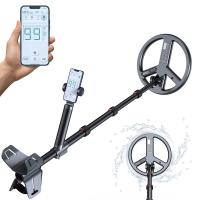
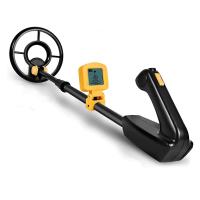
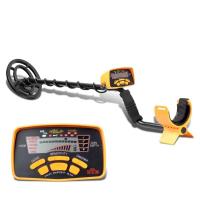
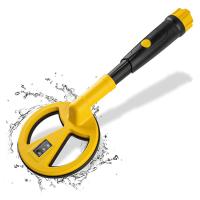
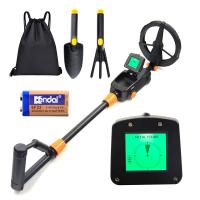

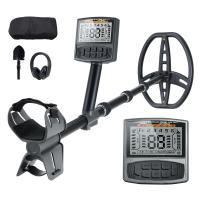
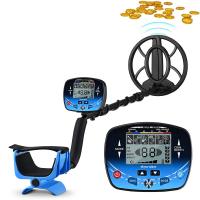
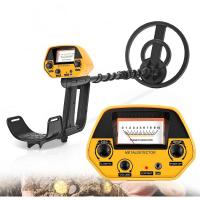
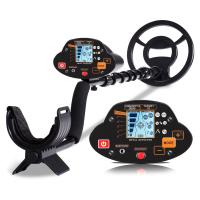


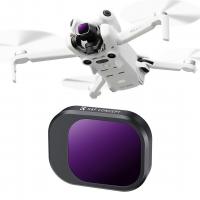
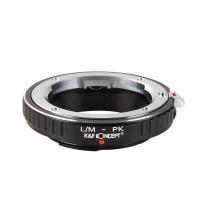
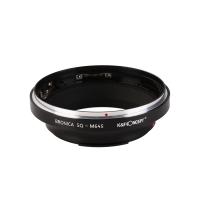

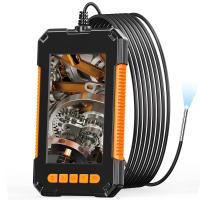



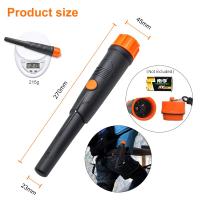
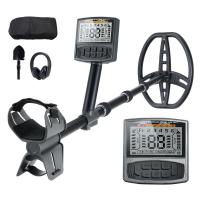
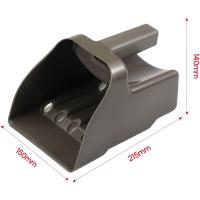
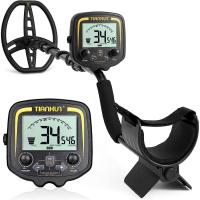
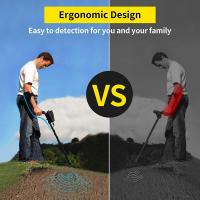

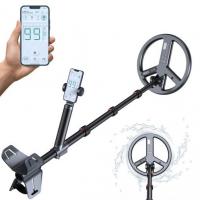
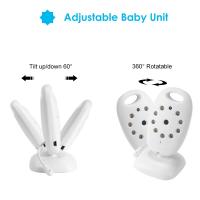

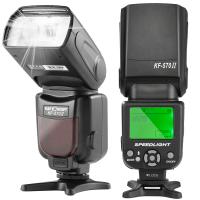



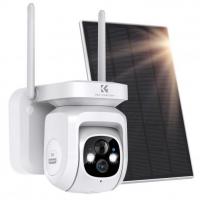




There are no comments for this blog.